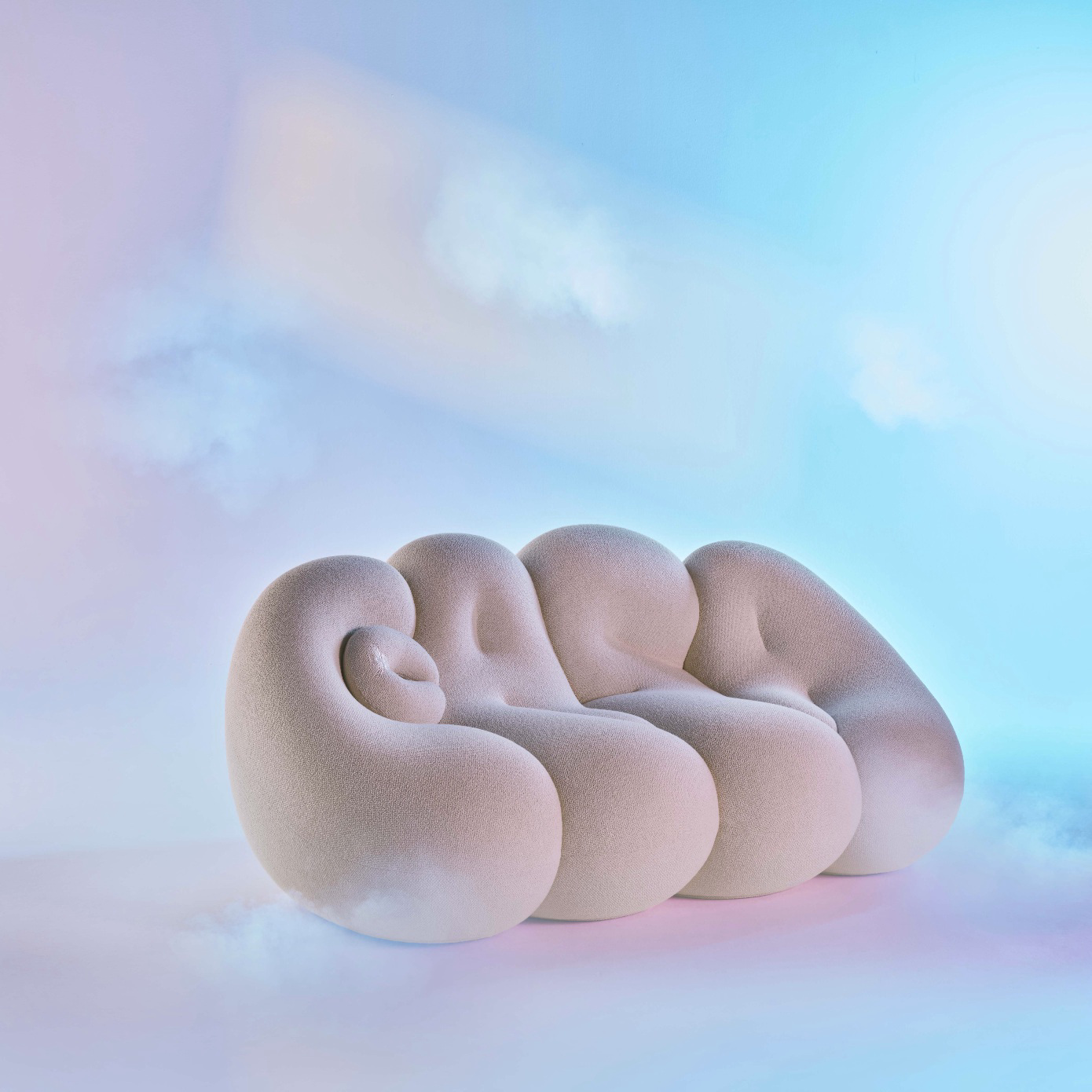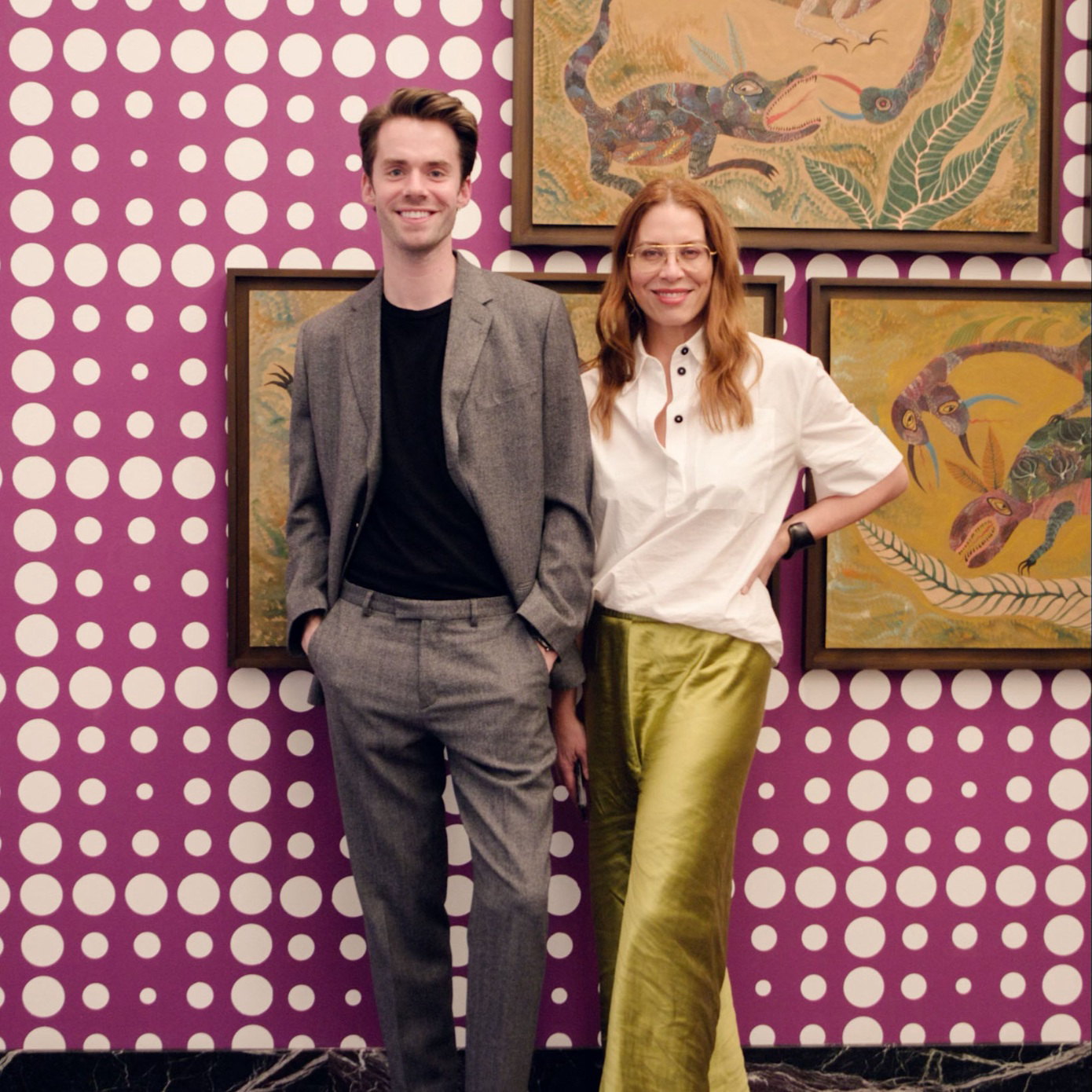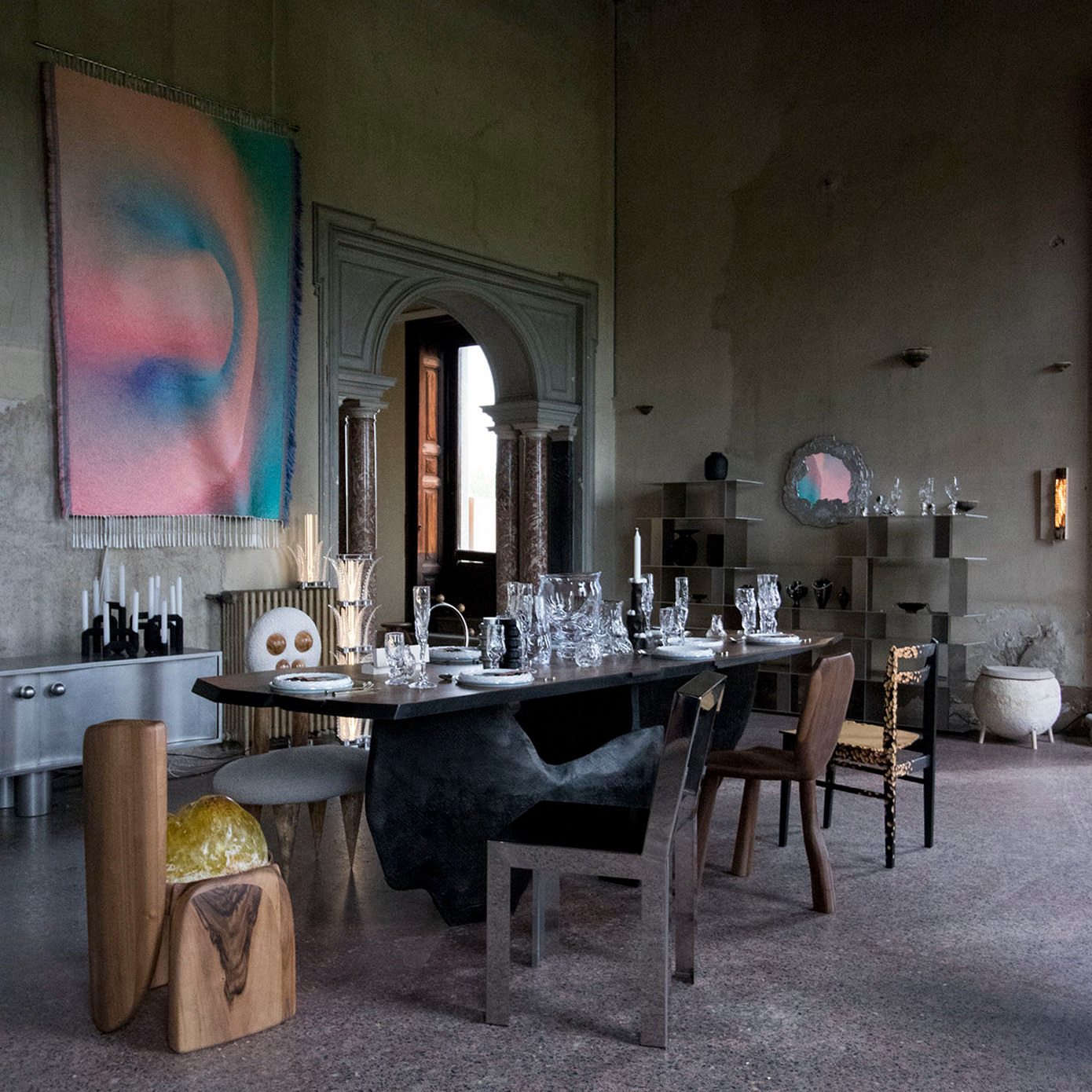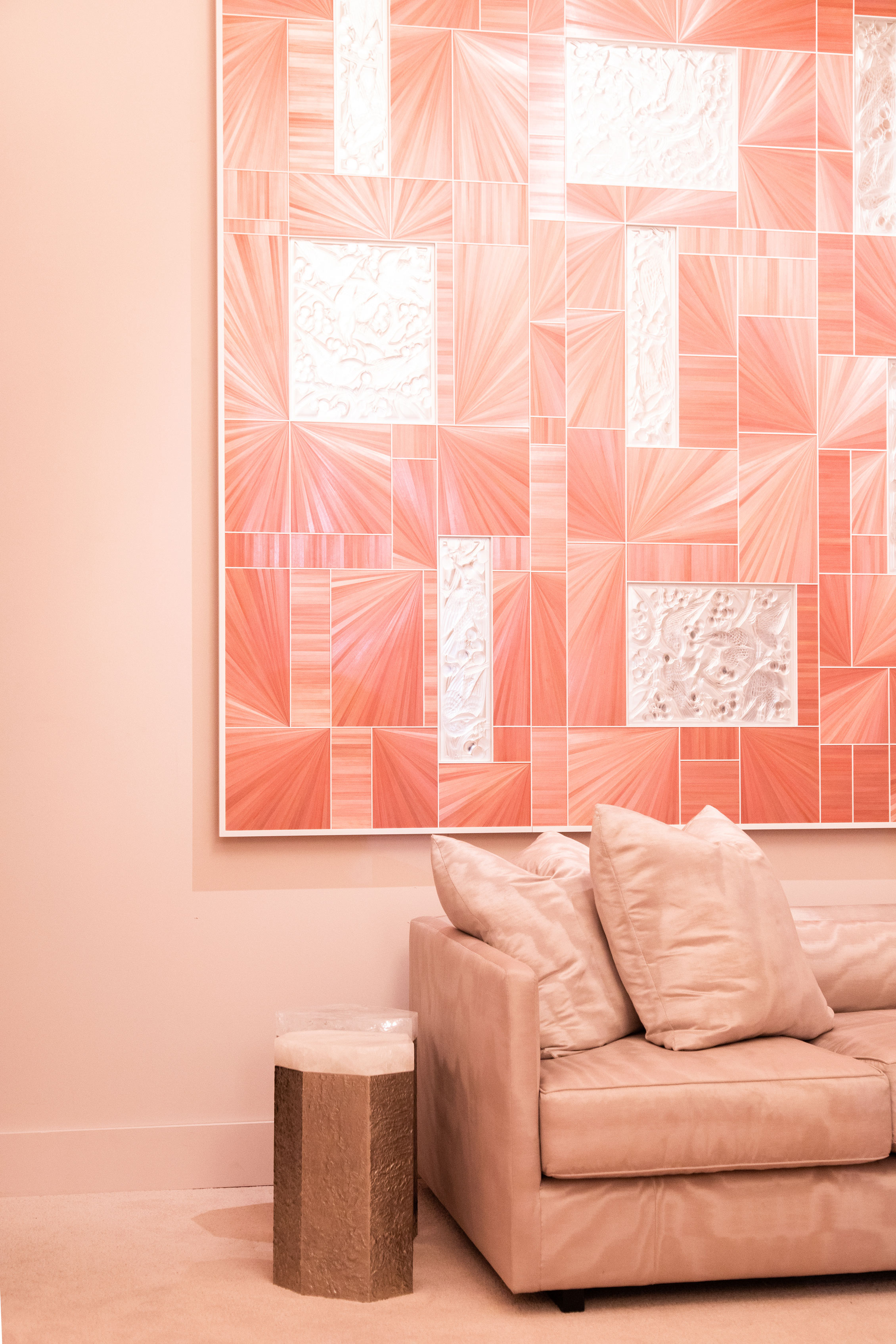
Crystal is a long-standing symbol of elegance and luxury. While it may have fallen out of trend-driven Instagram culture, it remains timeless among the tastemakers of interior design. Lalique, since the early 20th century, has been the premier crystal and glass creator. The iconic company's Head of Interior and Bespoke Projects, Gwen Carlton, spoke with us about the contemporary appeal of crystal and the legacy of Lalique.
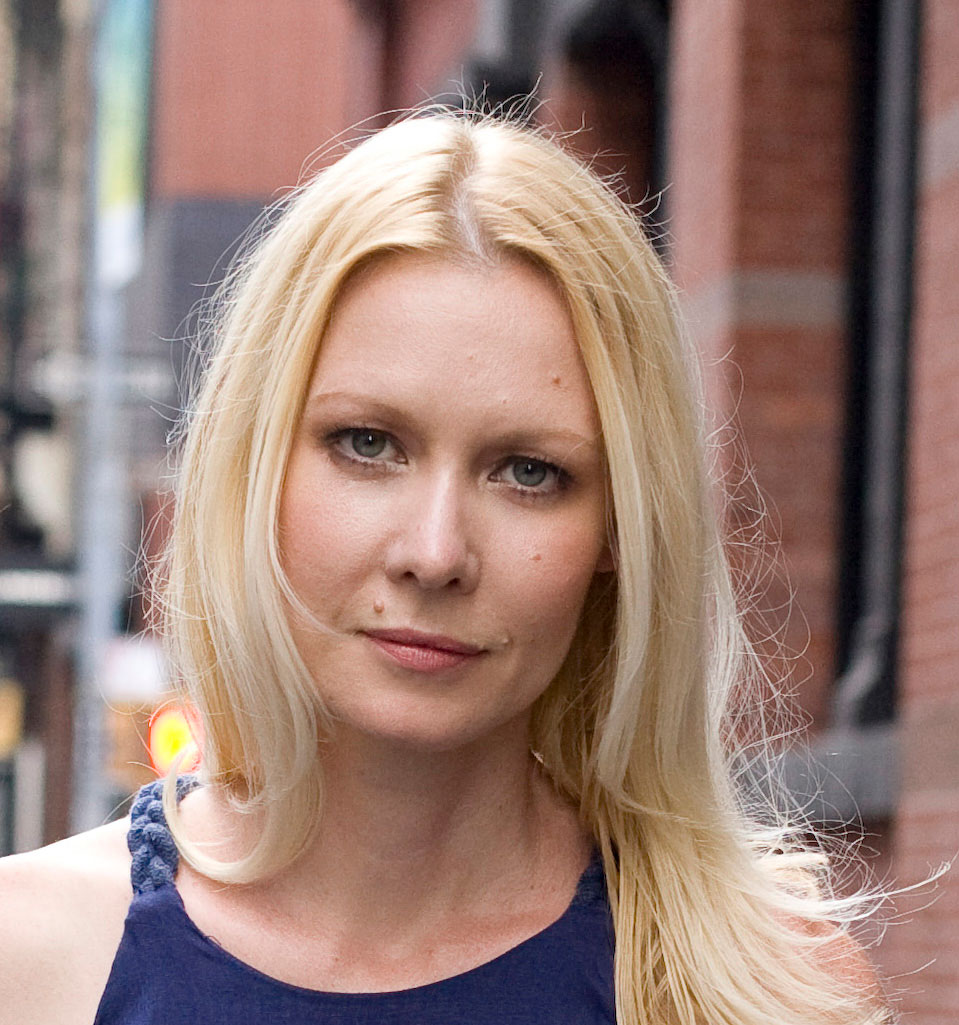
Lalique is gold standard in glass and crystal. There is a such a history and craft to it. What is the factory process like?
Every piece of Lalique crystal is made in the original factory founded by René Lalique in 1921, in the village of Wingen-sur-Moder in Alsace, a region of France with strong glassmaking traditions.
Lalique’s production process is a vital part of each piece’s design and creation. Even in today’s age of mechanized production, everything is still made by hand in our factory. Lalique is committed to preserving its unique savoir-faire. From the smallest sculpture to a chandelier, we won’t compromise on our tradition of exceptional quality.
A single crystal piece can take up to 40 different steps, a process that begins in the creation studio. Our designers use both traditional techniques such as drawing and modeling alongside new technologies like digitalization and 3D printing. The first few stages of production are in the manufacturing of our intricate molds. These are made in our factory and finished by hand to very exacting standards.
Our glass artisans then bring the pieces to life. Lalique is now in its third generation of glassworkers, several of whom have been individually recognized by the French government for their exceptional levels of skill. Everything is still made by hand, using many of the proprietary techniques developed by René Lalique almost a century ago.
People tend to think of crystal as an antiquated decorative, but Lalique is anything but antiquated. How have you approached a contemporary sphere and maintained a presence despite changes in taste over the years?
René Lalique was incredibly daring and considered very avant-garde in his time. In fact, many of the pieces seen as the most “contemporary” in the current collection are his original designs.
He was a leader in both the Art Nouveau and Art Deco movements, where he was constantly experimenting with glass as a material. Throughout his life he developed complex techniques that allowed his designs to be realized in very cutting-edge ways. In particular, the juxtaposition of polished crystal with his proprietary satin finishes continues to define the look of Lalique, even as they are used on more contemporary pieces. René really left us a roadmap for design innovation that still resonates. It allows Lalique’s new pieces to both honor our heritage and embrace modernity.
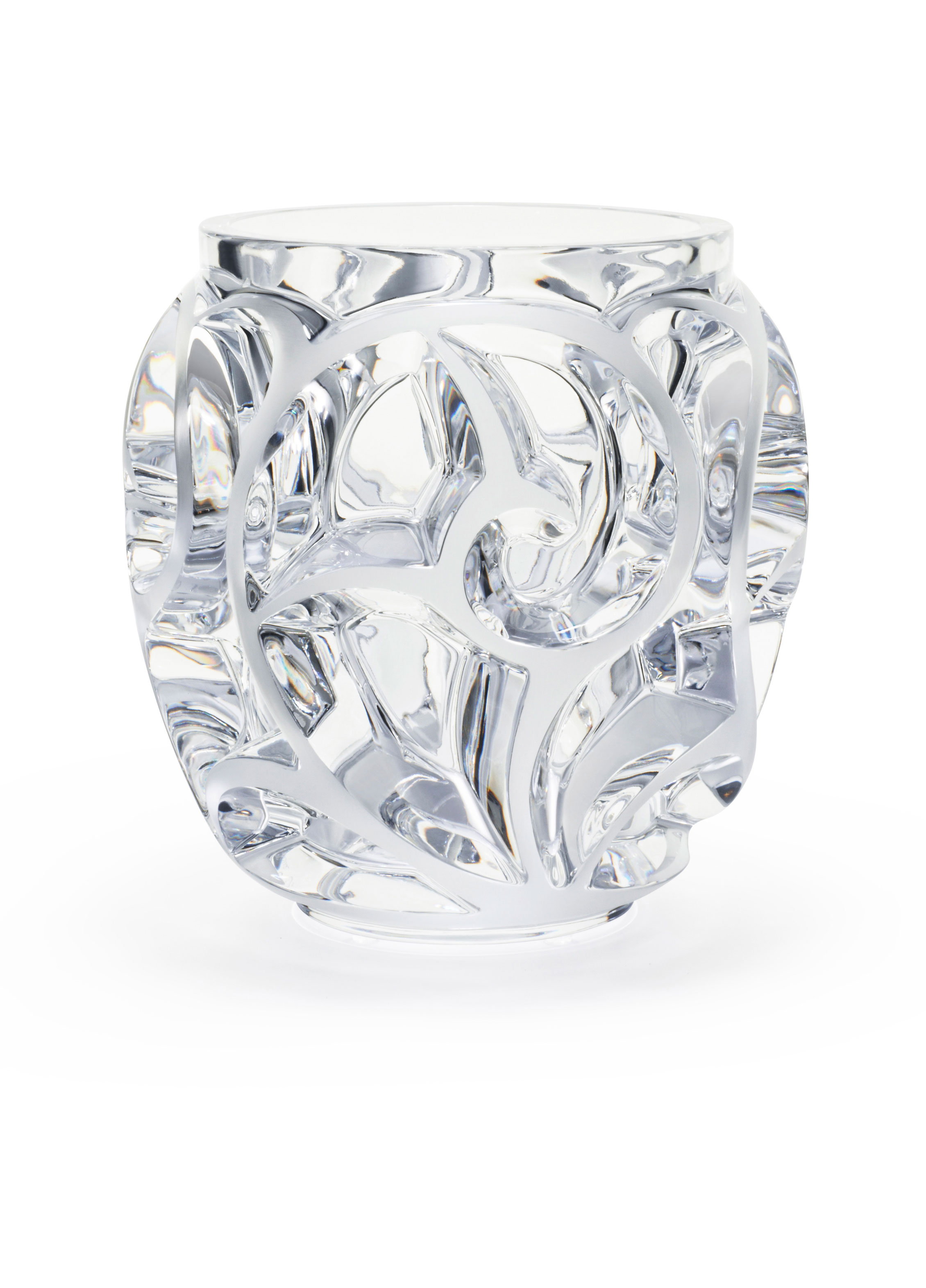
Beyond the more typical uses of crystal for dining and chandeliers, what are some less-expected ways designers can use Lalique?
Our architectural panels give designers the opportunity to use crystal in very interesting and unexpected ways. When paired with other materials, like straw marquetry for example, the effect of the contrast can be quite stunning.
We’ve recently developed a technology that allows us to bond Lalique crystal panels and elements onto architectural glass. It really allows designers to incorporate Lalique into their projects in more integrated and impactful way—for example the bar top at Chateau Hochberg or the door handles at Four Seasons Hotel The George V.
It’s important for us that Lalique crystal is seen as functional, not just decorative. We want our pieces to be lived with, not just admired. Part of my role as Head of Bespoke Projects is to collaborate with our clients to see where and how we can best incorporate Lalique into their homes and lifestyles. It often requires us to think outside the box which, as we know is never a bad thing.
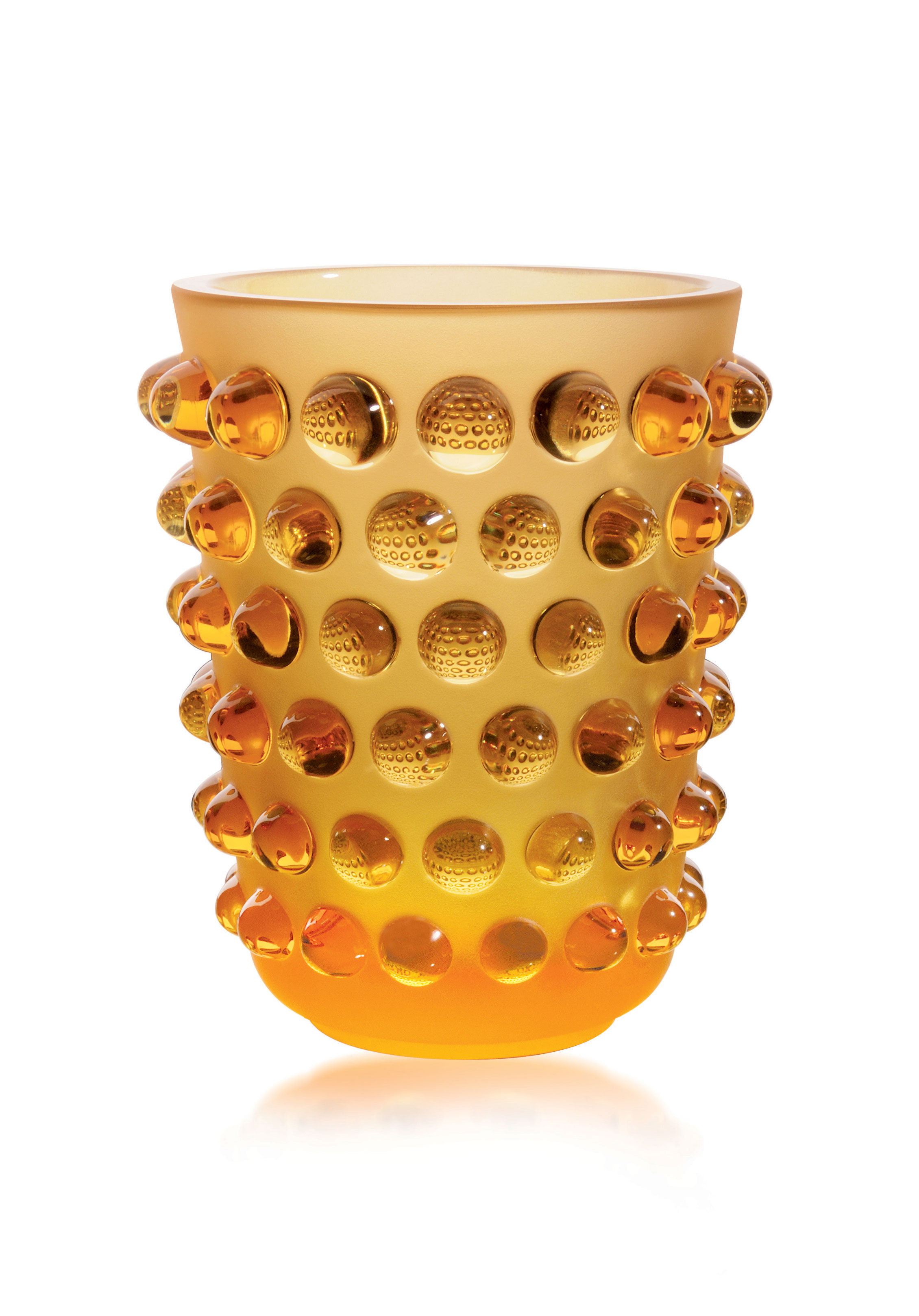
Can you talk about the ways inspiration for Lalique designs have both changed and stayed the same over the years?
René Lalique had three main sources of inspiration, Femme, Flora and Fauna. You can find these details in nearly every one of our pillars—a small sculpture of Venus, a blossoming of orchids on our latest limited-edition perfume bottle or in more detailed, Art Nouveau designs like our Merles et Raisins.
His son, Marc Lalique brought Lalique into mid 20th century by creating pieces like the Champs-Elysees. The bowl uses leaves of the Plane trees that line the famous boulevard in a more abstract and stylized fashion.
More recently, Lalique collaborated with Mikimoto to produce a “Cloud of Clovers” lighting installation for their Tokyo Boutique that is completely modern but once again, takes cues from the natural world, which continues to be the inspiration for every new piece and collection.

